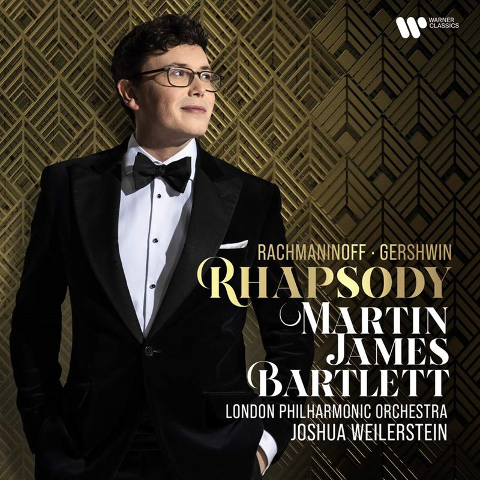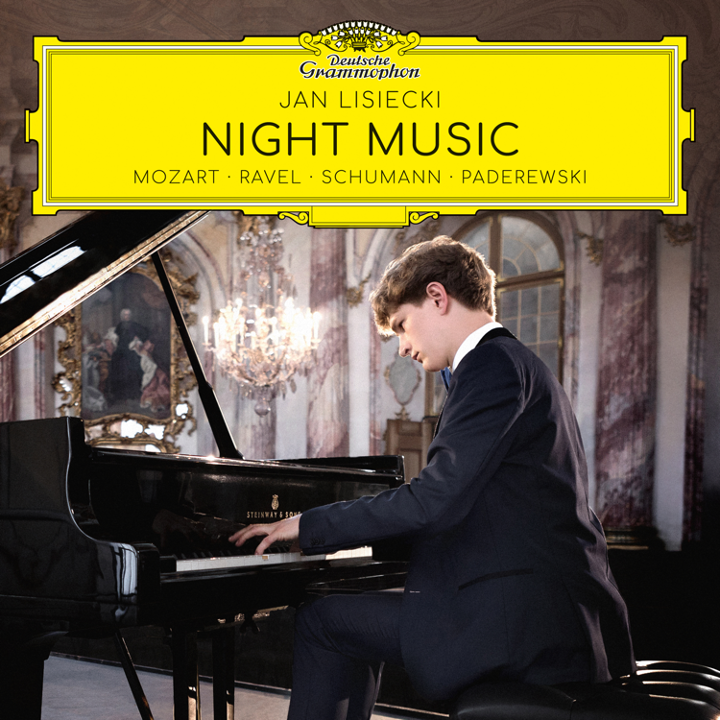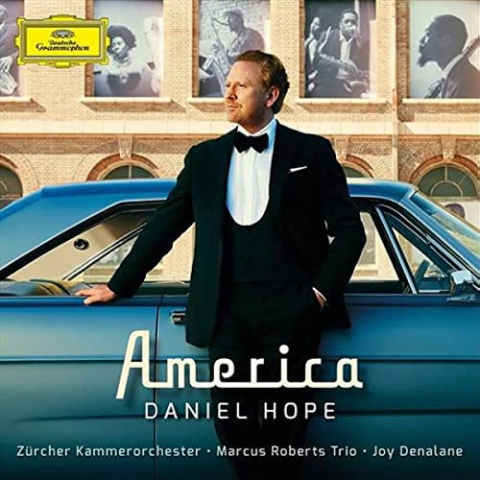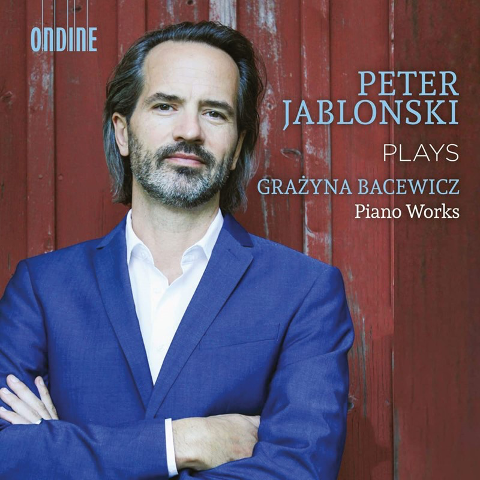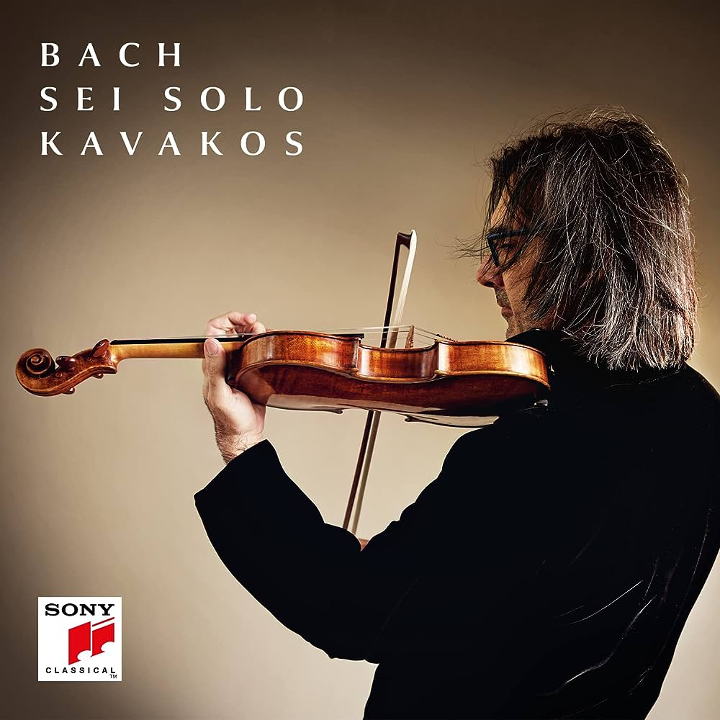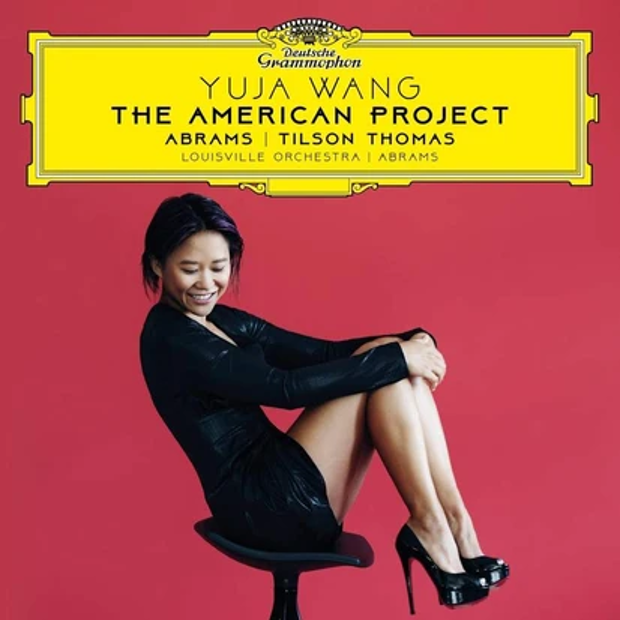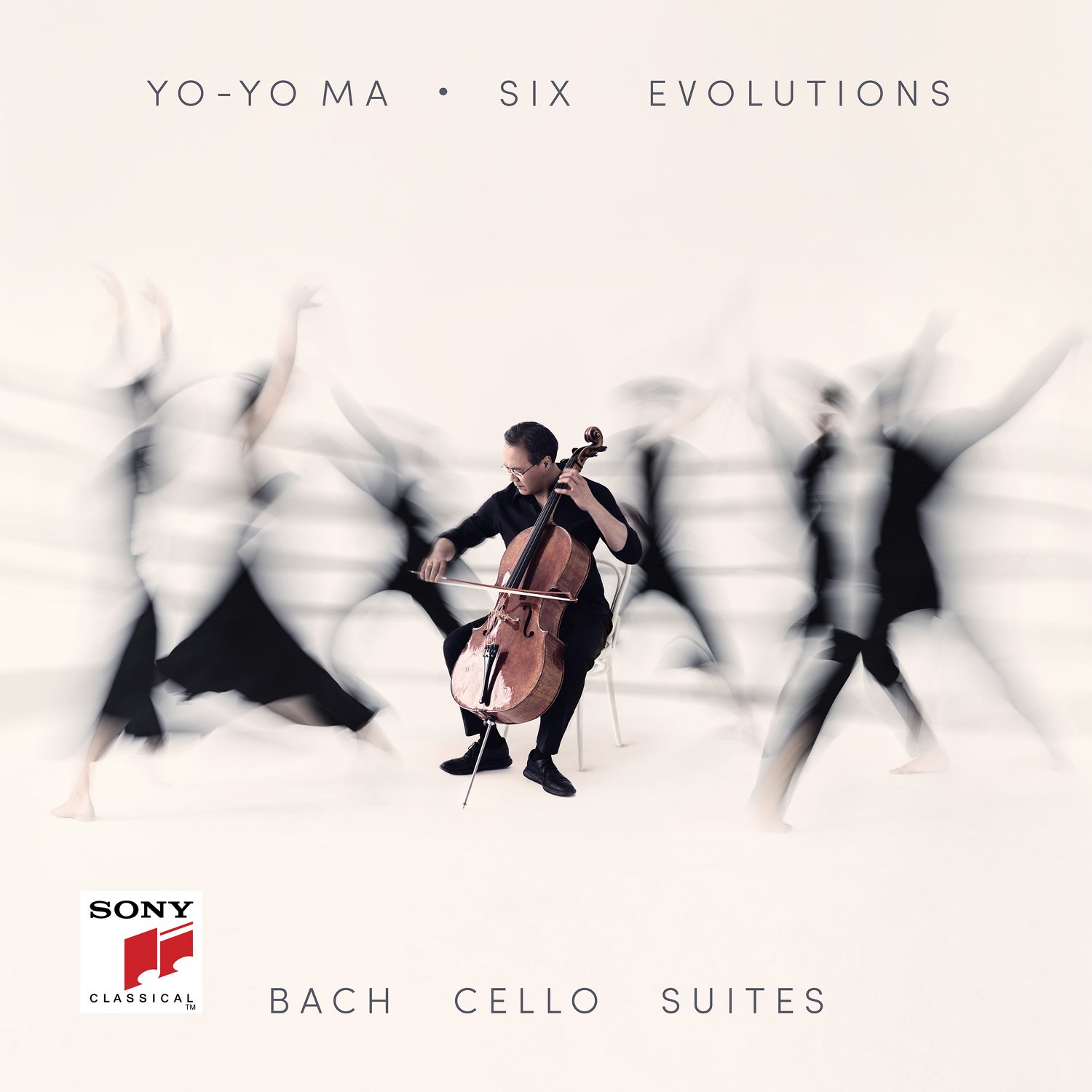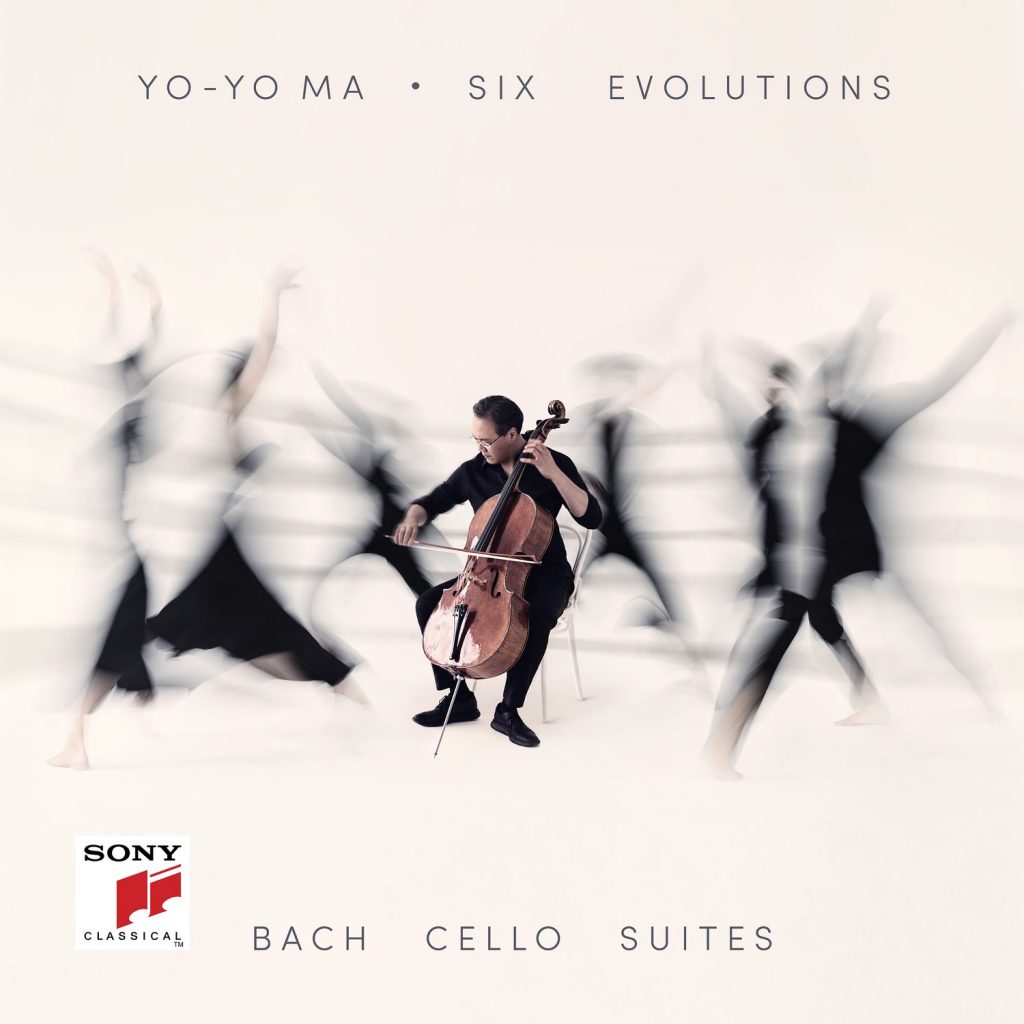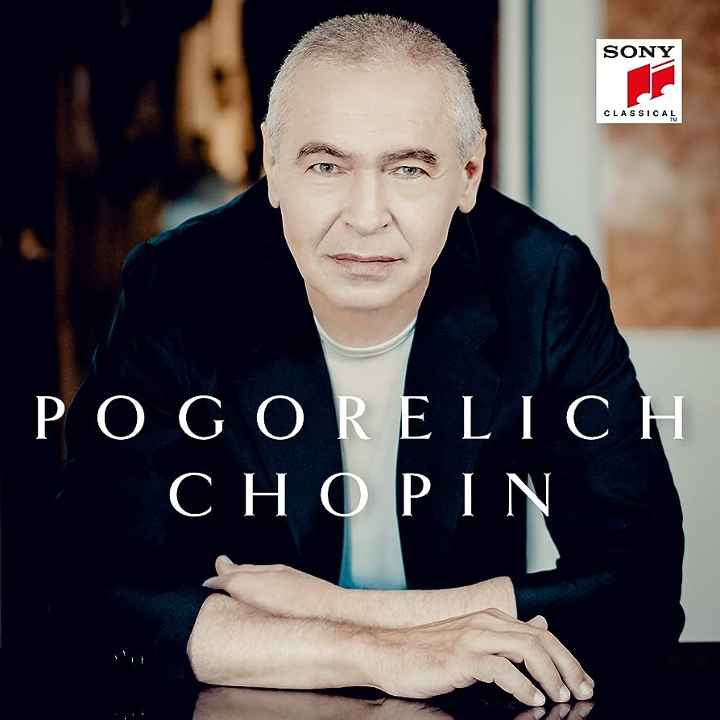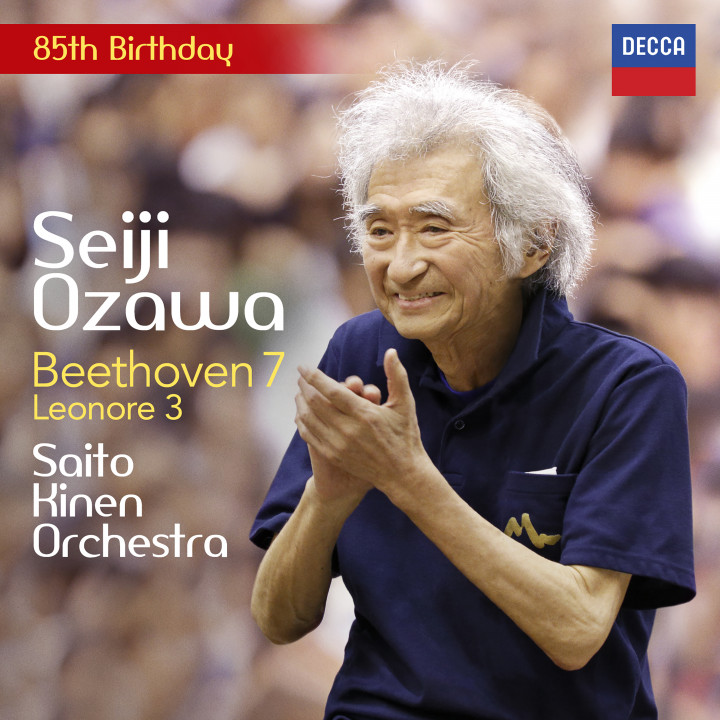The Tenor
Jonas Kaufmann: “The Tenor” – A Captivating Ode to Vocal Excellence
May 2022
Jonas Kaufmann, the internationally acclaimed tenor, continues to captivate audiences with his powerful communication and unique baritonal timbre. Sony, his recording label, celebrates their collaboration with Kaufmann in a remarkable new album titled “The Tenor,” a collection of some of the most beloved and accessible classical vocal works for the general public.
The album’s diverse selection encompasses arias from renowned operas such as “Rigoletto,” “Carmen,” “Werther,” “Manon Lescaut,” “Tosca,” and “Turandot,” as well as Neapolitan songs like “Mattinata,” “Torna a Surriento,” “Core ‘ngrato,” and “Non ti scordar di me.” In a nod to Italian pop music, the album also features three of the country’s most famous songs: “Volare,” “Parla più piano,” and “Caruso.”
Since signing with Sony, Jonas Kaufmann has produced an impressive array of records spanning various repertoires, achieving record-breaking sales with each release. “The Tenor” stands as a testament to his versatility, as it seamlessly weaves together operatic arias, Neapolitan classics, and popular Italian songs, leaving no doubt about Kaufmann’s vocal prowess and artistic finesse.
The Italian and French repertoire is showcased with a selection of arias and duets, including iconic pieces like “Nessun dorma,” “Donna non vidi mai,” “La donna è mobile,” “O soave fanciulla” (performed with Kristine Opolais), “La fleur que tu m’avais jetée,” and the spectacular “Pourquoi me réveiller.” The lighter side of the album features timeless Italian songs, such as “Caruso,” “Mattinata,” “Volare,” “Torna a Surriento,” “Non ti scordar di me,” and “Parla più piano” from the movie “The Godfather.” The selection concludes with Johannes Brahms’ beloved “Wiegenlied” (Lullaby).
Jonas Kaufmann’s artistry has earned him praise as “The world’s greatest tenor” (The Telegraph, London), and he regularly graces prestigious opera houses around the globe. His performances have reached millions through cinema and TV broadcasts, making him a global star in the classical music realm. The album also pays homage to his impressive contribution to the Last Night of the Proms in 2015 and the Vienna Philharmonic’s Summer Night Concert in 2020.
“The Tenor” is a feast for music lovers, showcasing the incredible talent of Jonas Kaufmann, who has been described as “a box-office draw and the most important, versatile tenor of his generation” by the New York Times. His brilliance shines through each track, making this album a must-listen for connoisseurs of classical and popular music alike.


